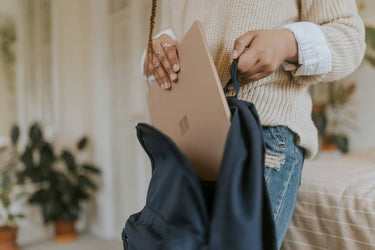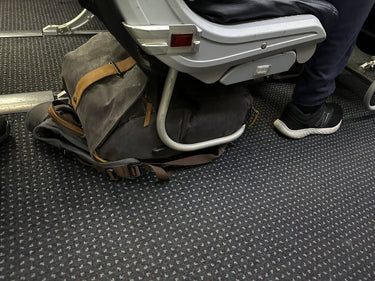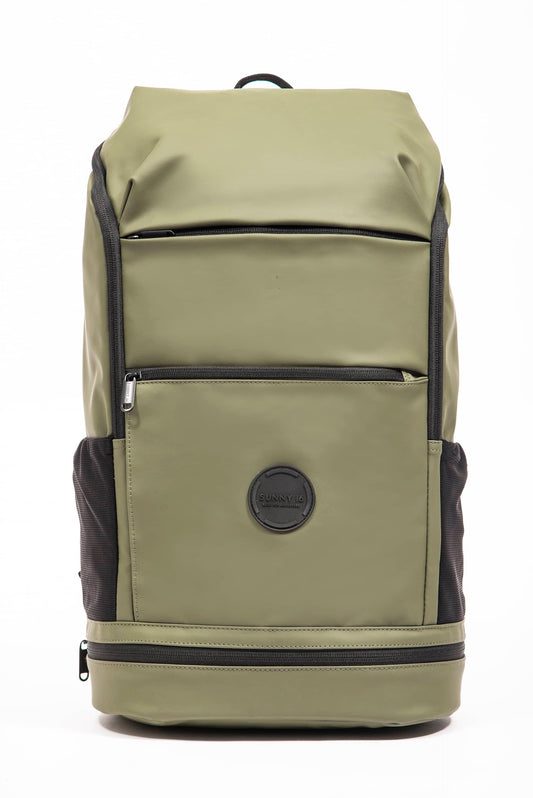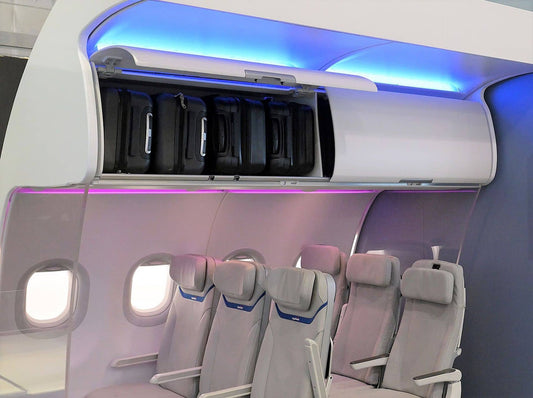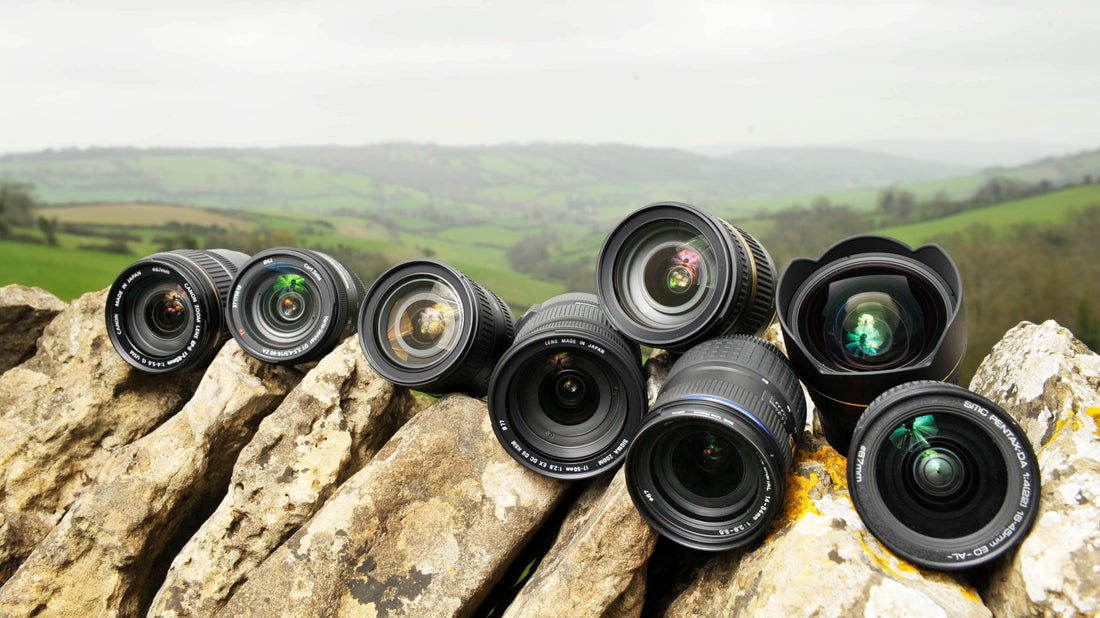
How to Become a Professional Photographer
Share
Ever wondered how to become a professional photographer, even with no experience? Though you might have felt discouraged in the past, thinking about whether you have what it takes, maybe it's time to pursue it.
After all, you have a passion for photography. And with that, all it takes is the right gear, the best camera and lens backpack, tips, and techniques to chase your dream.
We know that sounds sappy, but it’s true!
So, if you want to learn everything you need to know about becoming a professional photographer, stay tuned.
This article will cover all the basics about how to become a professional photographer, as well as give you some of the best tips and tricks out there.
Let’s get started.
What is Professional Photography?

The main difference between hobby and professional photography is whether or not you’re getting paid. Aka, becoming a professional photographer is all about turning your passion into a career.
Of course, there are hundreds of photography categories you could pursue (and you’re not limited to doing only one either!). Here are some examples:
- Wedding Photography. Every couple wants their perfect day captured in beautiful images. Further reading: How much does Wedding Photography cost?
- Stock Photography. These professional photographers take pictures of licensable images. Often, they give the rights of the images to a company, they’ll receive steady compensation overtime. Further reading: What is Stock Photography?
- Commercial Photography. This type of photography focuses on creating advertising material. Generally speaking, companies will pay professional photographers for a variety of images. Further reading: What is Commercial Photography?
- Real Estate Photography. Want to help sell houses by taking gorgeous pictures of them? Real Estate photography can be a great way to earn a decent income. Further reading: Real estate photography
- Wildlife Photography. If you’ve got the patience, wildlife photography is a great way to take once-in-a-lifetime images. Further reading: Best Wildlife Photography Tips
- Boudoir Photography. Sensual without being scandalous, boudoir photography is all about capturing someone’s sexy side. In this case, clients pay you for private images. Further reading: What is Budoir Photography?
- Sports Photography. Capturing the action of sports can be tricky, but it’s no less rewarding. Further reading: Best Camera for Sport Photography
- Newborn Photography. If you’ve got a gentle touch, why not get into newborn photography? Parents love having adorable pictures of their little angels. Further reading: Newborn Photography
- Portrait Photography. There are all sorts of reasons why you or your clients would want portraits. Either way, it’s a decent way to get paid. Further reading: What is Portrait Photography?
Sounds like a lot, right? But that's the beauty of the professional photography industry. Even if you don't know what you’re interested in, it’s easy to do some research.
How do I Start Professional Photography?

Before you learn some of the most important photography techniques and tips, it’s important to know what kind of gear you need. There are some things a professional photographer just can’t go without.
Luckily, we have a list of the most important equipment you need to get started:
Cameras
This is the first step towards “how to become a professional photographer.” After all, you can’t start becoming a photographer without a camera. So, what is the best camera for professional photography?
We recommend some of the higher quality DSLR or Mirrorless cameras. Either of these provide professional quality, while also giving you options for a variety of budgets.
Common brands you've likely heard of include: Canon, Nikon, Fujifilm, and more.
Our top three recommendations are:
Camera Bags

When you’re going from shoot to shoot, you’re going to want a dependable camera bag. After all, you want to keep all of your valuable gear safe. So, what is the best camera backpack?
We recommend The Sunny 16 Voyager, as it’s well-made and weatherproof. It even has a dedicated tripod strap!
This backpack packs a serious amount of gear for its size, fitting two DSLR cameras, up to seven lenses, a laptop, a tablet, and other accessories. All this storage makes it easy to pack anything and everything you’ll need for your photography business.
For comfort, this backpack also features both padded shoulder straps and back padding made of a light, breathable material. You’ll have comfort during extended periods of time wearing it, and keep cool when it’s hot out.
Overall, this bag is a huge plus and can really save you a lot of time and headaches when packing or using your gear.
Lenses

Lenses are one of the most important add-ons for any professional photographer. Some of the most common and useful include:
Lens Cloth

Every professional photographer should keep their camera clean. Always bring microfiber lens cloths out with you when you go shooting, just in case the weather goes south!
Power bank

Being able to charge your camera, phone, or laptop on the go is a huge plus when you’re out shooting. Luckily, this power bank provides you with 2 USB ports, as well as two other ports for phones, tablets, laptops and more.
Believe it or not, it has the ability to charge your phone 5-7 times before needing to be recharged!
Memory Cards

The last thing you need is to run out of space on your only memory card when you’re having a breakthrough. Always make sure you have some extra memory cards!
How to Become a Professional Photographer: The Technique
Now that you know what gear you need, we’re ready to dive into some of these photography techniques. These are all fairly simple, but they can make a huge difference when it comes to the quality of your shots.
Composition
Composition is all about the way you frame your shot. Adding in unique angles, odd numbers, and a focused point of interest can turn a boring scene into something spectacular.
When in doubt, practice makes perfect. Don’t be afraid to experiment with things that might not work. Sometimes it takes 100 duds to get that perfect shot.

Rule of thirds
When you frame your subject, too much symmetry in your shot can throw off your composition. Instead, try adding a touch of asymmetry to your shots. Think about using the rule of thirds when you're composing your subject.
Most cameras come with a built in grid system, making this technique simple and easy to pull off!

Sunny 16 Rule
This outdoor photography tip can help you adapt to any type of natural lighting you'll come across.
The Sunny 16 rule helps you manage your aperture in any lighting condition, and is generally as follows:
- f/22 for snow/sand
- f/16 for sunshine
- f/11 for slight overcast
- f/8 for barely visible overcast
- f/5.6 for heavy overcast
- f/4 for shade or sunset

More Photography Tips

Of course, these aren’t all the photography techniques you’ll want to learn. There are plenty of other concepts to tackle, such as:
What are the Qualifications to be a Professional Photographer?

Fortunately, you don’t have to spend tons of money on education to become a professional photographer. Plenty of photographers can get by with only a High School Degree. But, of course, a Bachelor’s or some photography school doesn’t hurt.
If you decide to start a business, you’ll need to deal with licensing and contracts. However, these rules and recommendations aren’t very hard to learn either.
Most of what makes a qualified photographer comes down to experience. That’s why we say, keep practicing!
Once you have some quality shots, you’ll be able to build a portfolio that can impress any client you come across.
How do I Get a Job as a Photographer?

Some might wonder, can you make good money as a photographer? Simply put, yes you can. Once you have all the gear and experience you need, it’s time to start thinking about building a business. This is one of the best ways to work as a professional photographer, as it will allow you to take clients and build your brand.
Of course, you can also take work from employers too. Don’t be afraid to make some stock photography or commercial photography for a company.
Getting Started with Your Photography Business

If you’re interested, we have a whole article dedicated to this topic. It outlines everything and anything you need to How to Start a Photography Business.
However, to summarize:
When you follow these steps, you’ll be far more likely to have a successful photography business.
Up Next: Best Camera Bags for Travel
Now that you know the best ways to jumpstart your career as a professional photographer, what are you waiting for? Let us know in the comments what kind of photography you want to pursue. And, don’t be afraid to get out there and start experimenting.
Plus, if you want to learn more about some of the best travel camera bags, check out our article on just that.



